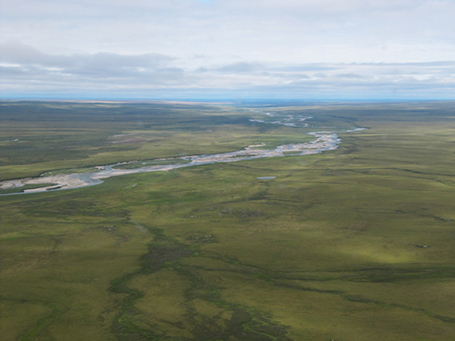Fire, hurricane and carbon dioxide: effects on net primary production of a subtropical woodland
Disturbance affects most terrestrial ecosystems and has the potential to shape their responses to chronic environmental change. Scrub-oak vegetation regenerating from fire disturbance in subtropical Florida was exposed to experimentally elevated carbon dioxide (CO2) concentration (+350 μl l−1) using open-top chambers for 11 yr, punctuated by hurricane disturbance in year 8. Here, we […]
